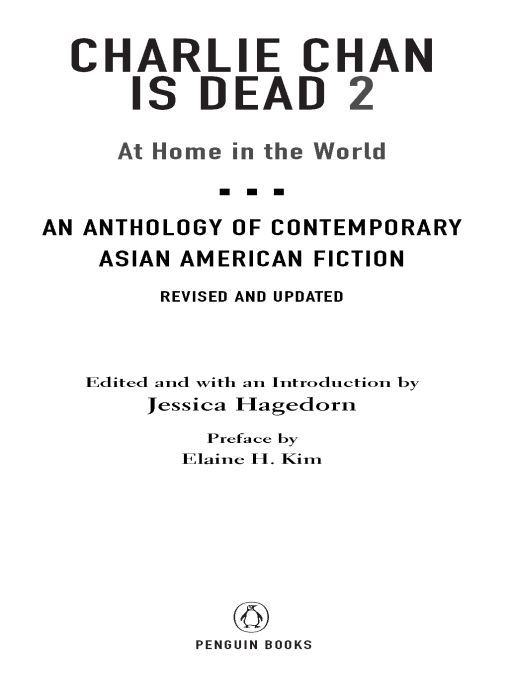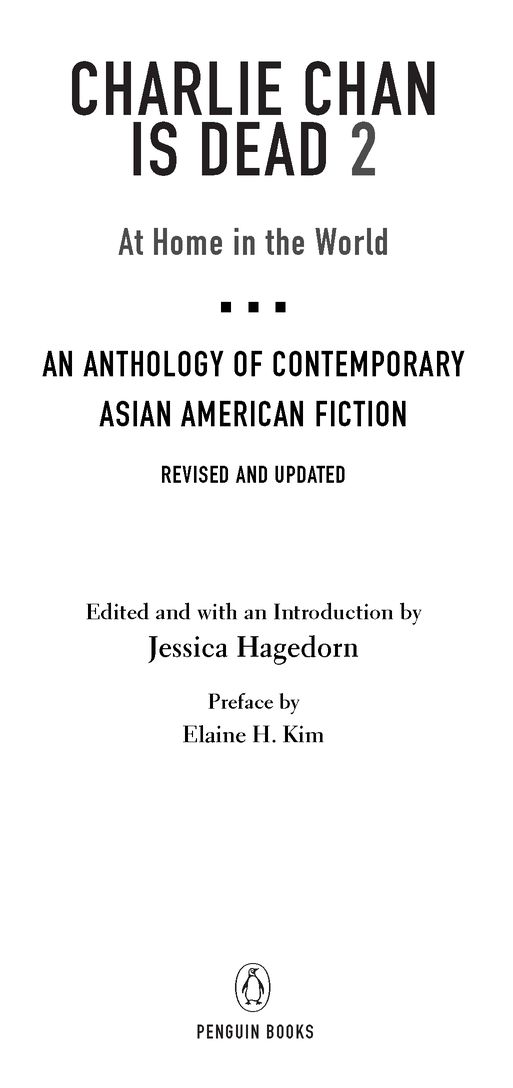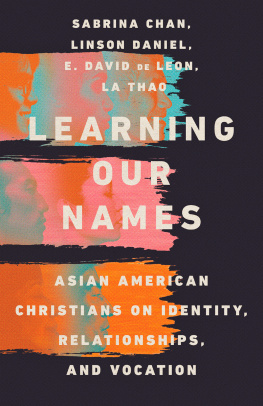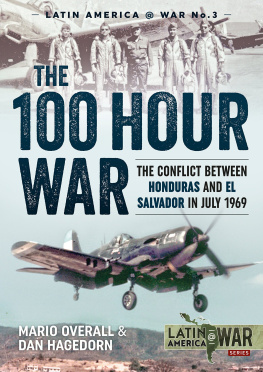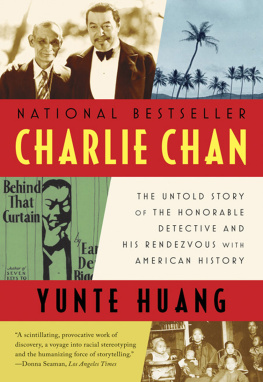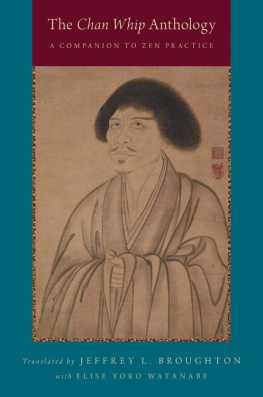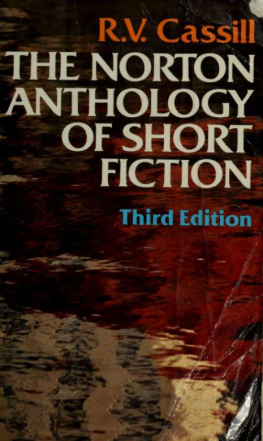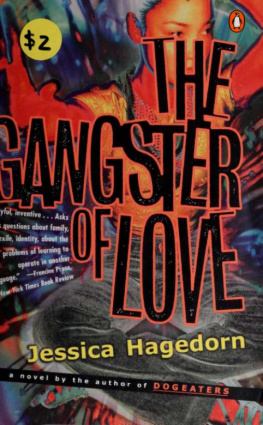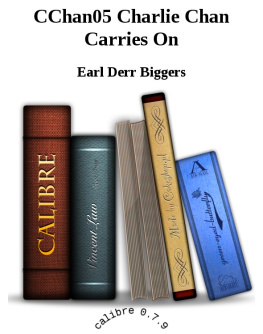Table of Contents
PENGUIN BOOKS
CHARLIE CHAN IS DEAD 2
At Home in the World
Jessica Hagedorn is an acclaimed novelist and National Book Award nominee, as well as a poet, playwright, and screenwriter. She was born and raised in the Philippines, and moved to the United States in her teens. She is the author of three novels, Dream Jungle, The Gangster of Love, and Dogeaters, and of Danger and Beauty, a collection of selected poetry and short fiction. Hagedorn is also the editor of the first Charlie Chan Is Dead: An Anthology of Contemporary Asian American Fiction.
for the writers
PREFACE
When I was a kid back in the 1940s, I was always asked, Are you Chinese or Japanese? as if there could be no other options. There are over sixty different Asian groups in the United States today, from origins as diverse as Cambodia, China, India, Indonesia, Japan, Korea, Laos, Myanmar, Pakistan, the Philippines, Thailand, and Vietnam, as well as the islands of Polynesiaeach with its own history, language, and culture. Some segments have been in the United States since the 1850s; others arrived only last week.
Asians are now the fastest-growing group in America, with a population projected to increase from eleven million last year to twenty million by 2020. But until quite recently, many Americans considered the United States either a white country or a black-and-white country.
ELAINE H. KIM is associate dean of the Graduate Division and professor of Asian American and comparative ethnic studies at the University of California at Berkeley. She has written, edited, and coedited such books as Fresh Talk/Daring Gazes: Issues in Asian American Visual Art, Echoes Upon Echoes: New Korean American Writing, Dangerous Women: Gender and Korean Nationalism, Making More Waves: New Writing by Asian American Women, East to America: Korean American Life Stories, Writing Self, Writing Nation: A Collection of Essays on Dictee by Theresa Hak Kyung Cha, Making Waves: Writings by and About Asian American Women, and Asian American Literature: An Introduction to the Writings and Their Social Context. She is a founder of Asian Women United of California, the Oakland Korean Community Center, and Asian Immigrant Women Advocates. She was born in New York City in 1942, but grew up in the Washington, D.C., area.
Since they really only recognized two possible races and were unaccustomed to thinking of Asians as part of the national human landscape, they could not imagine that an Asian could be American. They saw instead stereotypes and caricatures of sinister villains out to conquer the world, the brute hordes that blindly obey them, and exotic aliens of every description.
Asian Americans have a rich and sometimes troubled history in this country. In 1869, the transcontinental railroad was completed only with the blood and sweat of ten thousand Chinese immigrants. They also built roads, levees, irrigation systems, wine cavernscontributing to the phenomenal increase in the value of Pacific Coast land and, with the development of the railroad and refrigerator cars, American agriculture. By the early 1900s, Japanese Americans, who constituted a minuscule portion of the population, were crucial to the development of the nations agriculture, producing up to 90 percent of truck crops on only 450,000 acres of land. The wealth of the country was also increased by Filipino migrant farmworkers, who moved with the crops from Alaska to Baja California. A segregated Japanese military unit that fought in Europe was the most highly decorated American unit during World War II, even though the young soldiers families were being held in prison camps under suspicion of disloyalty to the United States. Individuals also made their mark: not many people know that a century ago, the nectarine was invented by a Korean American farmer or that the Bing cherry was invented by a Chinese American named Bing.
The nineteenth- and twentieth-century idea of America as a nation of immigrants did not include Asians or Latinos but had to do with Europe and the other side of the Atlantic. Historically, Asian immigrants were viewed as apart from white America. They were denied by law the right to become naturalized citizens, to own land, to intermarry; they were confined to segregated jobs and residential areas, and sometimes murdered, lynched, run out of town, or set adrift on the ocean.
Early Asian Americans worked together to challenge racism and social injustice. Chinese Americans fought every piece of racist legislation against them, sometimes all the way to the Supreme Court. And there were many: ordinances against laundries, laws against long hair, laws requiring a certain amount of cubic feet of air per Chinese person, a tax on being Chinese, laws against getting business licenses, laws against attending schools with whites or testifying against whites in court, laws against intermarriages, laws prohibiting Chinese from owning land, and, of course, laws against Chinese immigration or naturalization. Likewise, Japanese Americans participated in a long and ultimately successful legal battle for redress, reparations, and publicity about their unlawful internment during World War II. Filipino Americans built a spectacular labor movement that organized the poorest and most disenfranchised migrant agricultural workers in coalition with Mexican Americans from the 1930s through the 1960s. Among the many positive results of this is safer produce for everyone because of United Farm Workers efforts to protect farmworkers from harmful pesticides.
Since the Immigration Act of 1965 eliminated national-origin quotas, there has been a new wave of Asian immigration that has increased the importance of learning about this diversity as a basic component of what it means to be American.
Unlike the earlier Asian immigrants, the newcomers are coming as families with the intention of settling down in America. About one-third are professionals, and the rest belong to the working class. Some have come looking for economic betterment. Others have fled unstable political and economic conditions in their homelands. Today, Asian workers continue to play a crucial and ever-increasing role in the food service industry as well as the garment industry. More than one-third of Silicon Valleys engineers are Asian American. Many small businesses across the country are operated by Asian immigrants, such as Korean dry cleaners, South Asian hotels and motels, Vietnamese nail salons, and Cambodian doughnut shops.
The enormous differences between Hmong refugees and fourth-generation Japanese Americans whose families have been in this country longer than many white Americans show us the diversity of Asian America. There is dramatic contrast between the more established Japanese and Chinese Americans and the Southeast Asian refugee communities. For every Asian American with an annual income of $75,000 or more, there is another making less than $10,000 a year. And while more than a third of all Asian Americans have at least a college degree, another 23 percent of those over twenty-five have less than a high school diploma. For every scientist or engineer, there is another making less than minimum wage.
In 2003, there were lots of activities going on to celebrate the Korean American centennial. I think its fitting for us to settle on 1903, the year the first shipload of Korean immigrant sugar plantation workers landed in Hawaii, for several reasons. First, it places working class people at the center of the picture. Though the Korean immigrants to Hawaii were from a variety of backgrounds, almost all of them ended up in hard labor as sugar plantation workers. Because of racial barriers, many Korean Americans were unable to move into a wider range of work until the 1970s. Second, it reminds us of the importance of ethnic coalition. Koreans were deliberately recruited as strikebreakers by the planters, who wanted to halt Japanese plantation workers demand for equal wages with whites. They kept workers in ethnically segregated work camps, but they could not prevent collaboration. The Japanese and Filipinos worked together to press for equal pay in spectacular strikes in 1909 and 1920, and by World War II the International Long-shore and Warehouse Union (ILWU) in Hawaii was the model of multiracial labor organizing in the whole country. Finally, when we talk about assimilation, we usually think in terms of nonwhite people disappearing like raindrops into what we see as the ocean of mainstream white European American society. But this has not been the case in Hawaii. And, to my mind, Hawaii still remains a refreshingly working class kind of culture.

